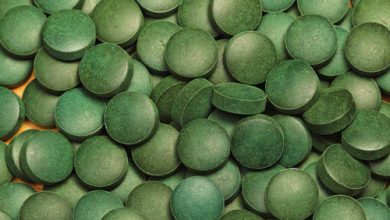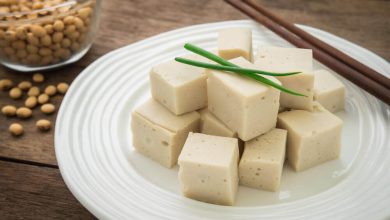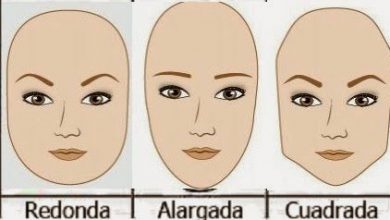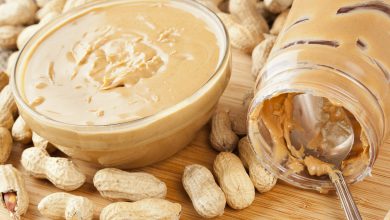Cryosurgery Or Cryotherapy: What Is It And What Is It For?

Currently, there are several treatment options for both benign and malignant skin lesions. Cryosurgery or cryotherapy is one of them, and it is one of the most recommended for its rapid results.
When choosing the most appropriate procedure, the size, type and location of the lesion to be treated must be taken into account. When is cryosurgery chosen? We will detail it below.
What is cryosurgery or cryotherapy?
Cryosurgery, also called cryotherapy, is an intervention in which tissues are destroyed through the use of liquid nitrogen at a suitable temperature to cause them to freeze. The death of the cell is generated by the conversion of its water content into ice.
Often, several techniques are used for its application, such as sprays, applicators or by contact with a closed tip. It is a minimally invasive procedure that can remove diseased tissue, even cancer cells.

What does it feel like during the intervention?
The person usually feels mild discomfort, although during the first moments after frostbite it may be a bit more severe. Then, an edema is generated with the consequent consolidation of a blister. Its normal evolution is towards a scab that heals in weeks (depending on the type of injury, the duration of the healing will be).
It is a well-tolerated treatment in most cases, so only in specific cases is it necessary to anesthetize the areas before treating them. Studies published by the journal American Society for Dermatologic Surgery conclude that it is safe and effective for non-melanotic skin cancers, with a high cure rate.
In what cases can it be used?
Cryosurgery is indicated in a wide variety of dermatological pathologies, some of them more frequently than others. The college of Family Physicians of Canada recommends its use in the following:
- Viral warts
- Dermatofibroma.
- Solar lentigos.
- Rhinophyma
- Actinic keratoses.
- Seborrheic keratoses.
- Molluscum contagiosum.
In short, its use is indicated in both benign and malignant lesions. They usually require 1 or 2 freeze-thaw cycles. Likewise, it is used to cause superficial exfoliations for aesthetic purposes ( cryopeeling ).
Advantages of cryosurgery
One of the main advantages of cryosurgery is that it can be applied to anyone. It is even suitable for older adults who cannot undergo other types of surgical interventions. It is also an option for those who have bleeding disorders, pacemakers or who are under anticoagulant treatment.
It can be performed in injuries that are on cartilaginous areas, since the cartilage is resistant to freezing and is not destroyed, unless it is compromised by the same injury.
It is an inexpensive, outpatient, operator-dependent procedure that can be performed in an office without requiring a sterile environment. In addition, once finished, the patient can return to activities immediately.
Disadvantages of cryosurgery
It is one of the procedures that offers the least disadvantages, which makes it one of the most performed treatments in dermatology offices. However, its few disadvantages include the following:
- Without histopathological data : by destroying the lesion, it does not allow the destroyed tissue to be studied through a biopsy.
- It can generate dyschromias: the sensitivity of melanocytes to cold generates hypo or residual hyperpigmentation when the procedure exceeds 15 seconds. It can also cause scars.
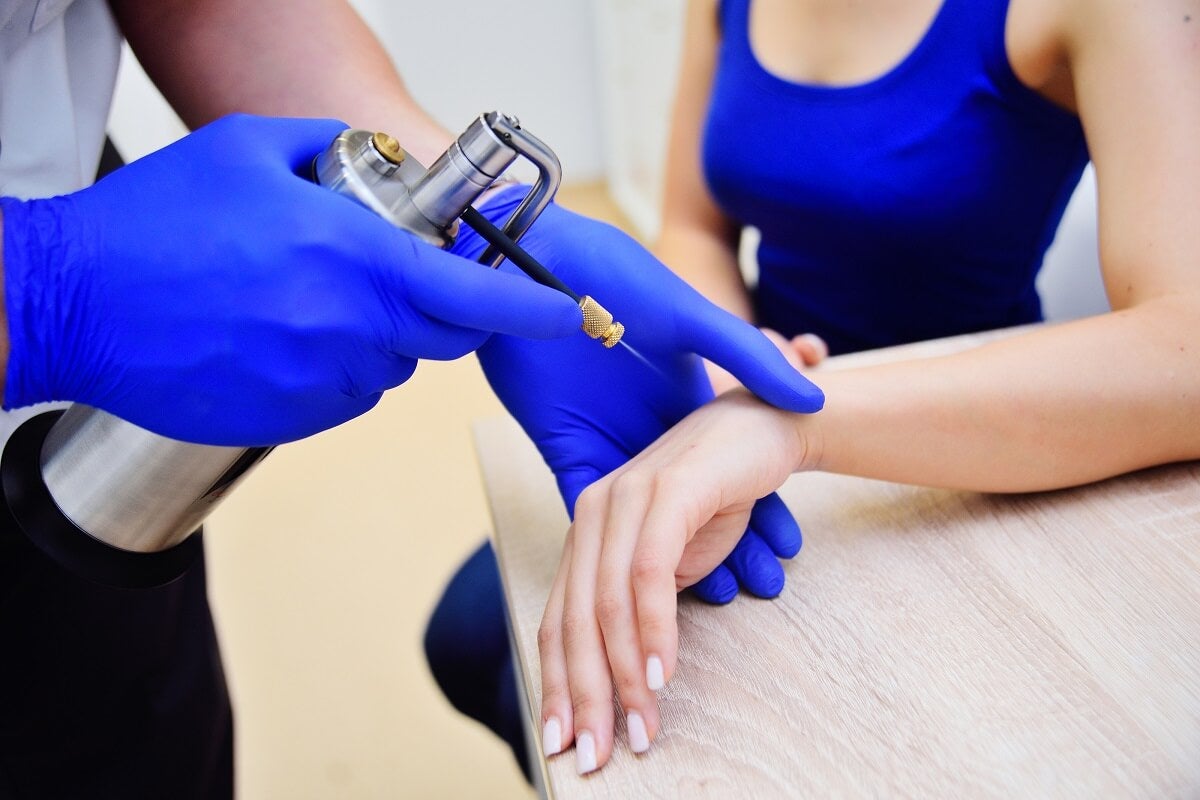
You may be interested: Hyperpigmentation: why does it happen?
Post-session care
The doctor will give instructions for care to be carried out at home after the intervention. It is necessary to apply an anti-inflammatory and antiseptic cream several times a day, during the first days after, and a moisturizing cream during the first month.
The crust generated should not be removed, it should come off by itself. If the procedure has been performed in an area exposed to the sun, the use of sunscreen is recommended to prevent the subsequent appearance of spots.
Cryotherapy contraindications
There are certain areas where cryosurgery is not recommended, such as the preorbital or periauricular area and the nasolabial fold. These contraindications are divided into absolute and relative.
Absolute
Cryotherapy is absolutely contraindicated when a post-procedure histopathology is required or if there is sensitivity prior to the procedure. It is also avoided when tumors have an aggressive biological behavior or if the person does not accept the risk of residual hyperpigmentation.
According to recent updates, some absolute contraindications of certain pathologies are the following:
- Cold intolerance
- Raynaud’s disease.
- Pyoderma gangrenosum.
- Cryoglobulinemia.
- Platelet deficiency.
Relative
Relative contraindications include injuries that do not have defined limits, or some of the following manifestations:
- Squamous cell carcinomas.
- Scalp neoplasms.
- Tumors located on the upper lip, near the vermilion.
- Autoimmune and collagen diseases.
- Lesions on the free edge of the eyelid.
What to remember about cryosurgery?
Cryosurgery is a minimally invasive procedure that can facilitate the treatment of various dermatological problems. To carry it out, it is essential to have an adequate clinical diagnosis and determine what types of lesions are to be treated.
In general, this intervention is said to be within the “3 S” rule (simple, safe and straightforward). Of course, it must be applied by a professional to avoid complications.
